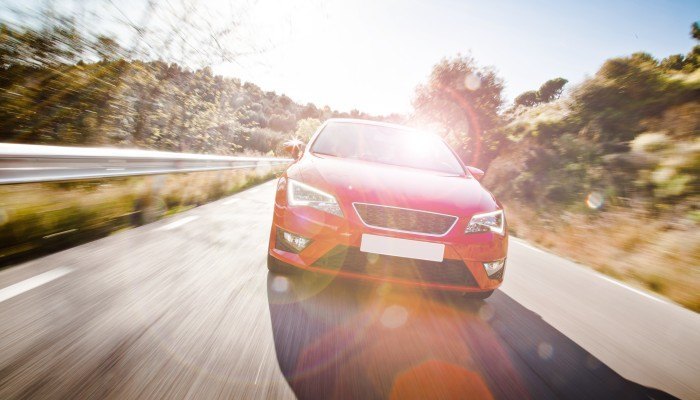 Sunrise and sunset glare is an ever-present hazard to motorists, but causes more problems in spring and autumn when the sun is low around morning and evening rush hours.
Sunrise and sunset glare is an ever-present hazard to motorists, but causes more problems in spring and autumn when the sun is low around morning and evening rush hours.
But as many of our vehicle recovery customers will be aware, July too poses a real glare risk, with less cloud and strong sunshine in mornings and evenings. In addition, the hot weather encourages us out on driving holidays and weekend excursions this time of year – which can mean more people are driving at sunset.
An estimated 36 drivers each year are killed in the UK due to low sunlight related accidents.
It is thought that nationwide, glare contributes to 3,000 accidents annually.
But what can be done to minimise the effects of sun glare? We’ve compiled eight helpful tips for safer driving during such conditions.
1. Drive more slowly when the sun is low.
2. Slow down if you are dazzled – you don't know what hazards may appear while you are 'blinded'; pedestrians, cyclists etc.
3. Pay more attention to other road users during low sunlight hours – especially if the sun is facing them.
4. Never overtake into low sunlight, especially if the road ahead is obscured.
5. Experts say the danger of a glare-related accident is higher on minor roads, so take extra care when driving on these.
6. If you're driving in a westerly direction at sunset, be ready to drive more slowly, as well as being prepared for the sudden appearance of the setting sun behind higher land, buildings etc.
7. Use your sun visor to block low sunlight.
8. Consider investing in some polarized sunglasses to reduce the impact of low sunlight.




